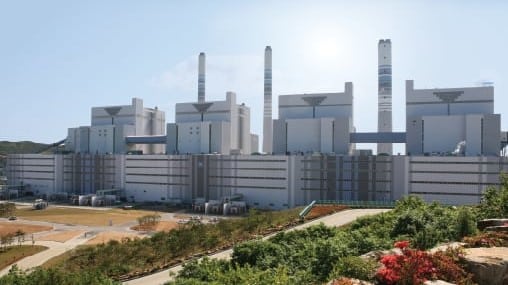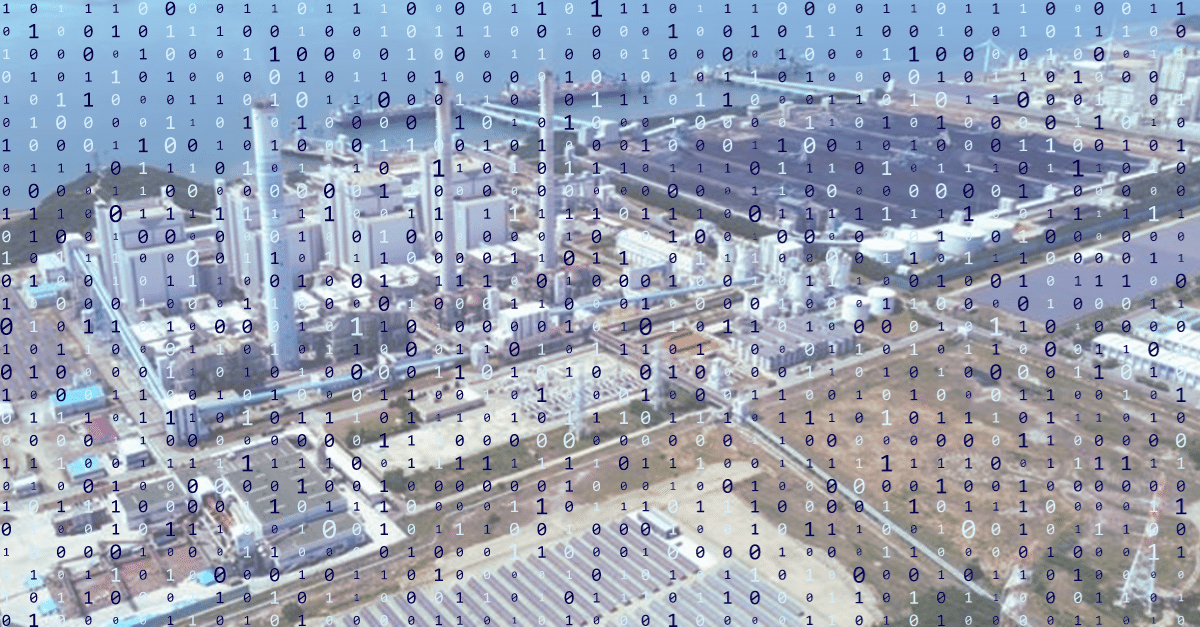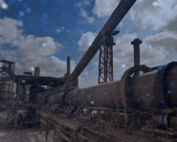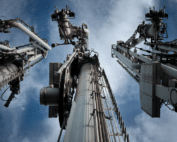Korea Energy (KOEN) provides South Korea with a stable and economical power supply. Through its use of advanced technology, KOEN serves as an example of the power of combining operational and technological expertise. With its numerous power generation complexes, KOEN represents 10% of Korea’s power generation capacity.
The Yeongheung Thermal Power Complex is KOEN’s and South Korea’s first 800-MW-class coal-fired thermal power plant. The complex has six coal units, all using bituminous coal. The first unit went online in 2004 and the last in 2014. The units range from 800 MW to 870 MW, with a total capacity of 5,080 MW. Located in Incheon, the complex is “world-class, high-tech, and eco-friendly,” supplying 23% of the energy to the surrounding metropolitan area.
Challenges
For 10 years, units 1-4 used the PI data historian system to collect and archive real-time data from the equipment. To reduce their operating expenses, the units did not maintain an active annual maintenance and support agreement for their legacy data historian. Instead, the site relied on the original version of the system as it provided adequate capabilities and functionality to meet their initial needs. The site had the necessary staff members to provide technical and troubleshooting assistance to their historian users. After ten years of use though, Yeongheung determined that their legacy historian no longer supported the organization and their members on their digital transformation journey. The site decided it needed to upgrade its software and servers. Unfortunately, the PI historian upgrades came at a high cost.
OUTDATED HISTORIAN
INSUFFICIENT CAPABILITY
LACK OF UPGRADES
The Solution: Data Historian Replacement
Having already implemented other software solutions at KOEN sites including HanPrism at units 5-6 of this site, Yeongheung selected HanPrism as its data historian replacement solution. When evaluating replacement options, Yeongheung prioritized:
- How advanced and intuitive the data management platform is for all users and
- How reliable and consistent the customer support partnership is for the solution.
After selecting HanPrism as its foundation of a smart plant, the site’s project goal was to completely replace the PI system and increase user convenience for monitoring the main and auxiliary equipment systems. Though the reason for starting the project was to replace the existing data historian, Yeongheung used it as an opportunity to update their networking and upgrade their process mimics. Not only would we have to replace the previous data historian, but the project required new network replacements and mimic upgrades.
Overall, the project comprised of:
- Pre-built hardware and network replacement
- Updates of 2,000 process screen mimics
- Connection of auxiliary equipment that was not previously in the PI system
- Creation of 80,000 tags in the new HanPrism system
- Conversion of 10 years’ worth of PI historical data
Project Highlights
1) Full-Scale Integration
To provide complete monitoring capabilities of the units and their main systems and sub-systems, the HanPrism architecture includes an integrated HanPrism server that connects to local unit gateways. The system collects the data in real-time and only allows one-way communication for reliable and secure monitoring.
The legacy historian collected boiler and turbine data from the unit’s DCS system through OPC communication. This method of communication was reliable, and Yeongheung kept this method in the HanPrism solution. However, Yeongheung wanted to incorporate systems that were unavailable via this method in their data historian. This included oil, plumbing equipment, and partial discharge. To connect these auxiliary systems with HanPrism, HanAra engineers created a way to acquire the data from individual PLCs. By integrating with the DCS system and PLCs, Yeungheung has all the data necessary from all their systems for improved analysis.
2) Enhanced User Experience
To ensure the site retained all features or functionalities available in the legacy historian, the project included converting 2,000 process screens into the new HanPrism solution. The staff did not have the time or resources to recreate these screens, and they also wanted all screens to be available when HanPrism went live. Using a PI screen conversion tool developed internally by HanAra engineers, engineers converted a large number of process screens quickly and easily. Coupled with the 10 years of data conversion, the users did not experience any gaps between their legacy and new data historian visualization.
Beyond the conversion, engineers helped the site improve the usability and intuitiveness of the system and screens. With the expertise of HanAra graphic engineers, the team modified the screens to ensure clarity and effectiveness. The improvements did not come at a loss of insights. During the process, the engineers tested the screens with site personnel. They verified that signals displayed normally and that everything was mapped correctly.

HanPrism Value
IMPROVED DATA MANAGEMENT
ENHANCED OPERATIONS
BETTER VISUALIZATIONS
Continued Partnership
Though the migration process is complete, our team continues to work with the Yeungheung site to improve data-informed decision-making using integrated equipment data. Reach out to our solution experts today to find out how easy this process can be for you and start improving your organization’s reliability and productivity tomorrow.
For more information on data historian replacements, whether it’s a legacy PI historian or an eDNA historian, check out How Data Historian Migration Happens with HanAra.
HanAra Success Stories
Optimizing Cement KPIs with a Data Historian Implementation
The cement industry plays a vital role in the global economy. It provides essential building materials for infrastructure, housing, and commercial projects worldwide. According to the Global Cement and Concrete Association, global cement production [...]
Elevating an LNG Import Terminal with Advanced Data Historian Technology
LNG terminals face numerous risks and challenges in their daily operations. This includes the need to ensure the safe and efficient handling of LNG, maintain optimal storage conditions, and meet the growing demands of [...]
Sustainability and Efficiency in Cement Manufacturing: A HanPrism Case Study
The cement industry plays a vital role in the construction sector, but it must overcome the challenges of increasing sustainability demands, rising energy costs, and the need for operational efficiency for continued growth. To [...]



